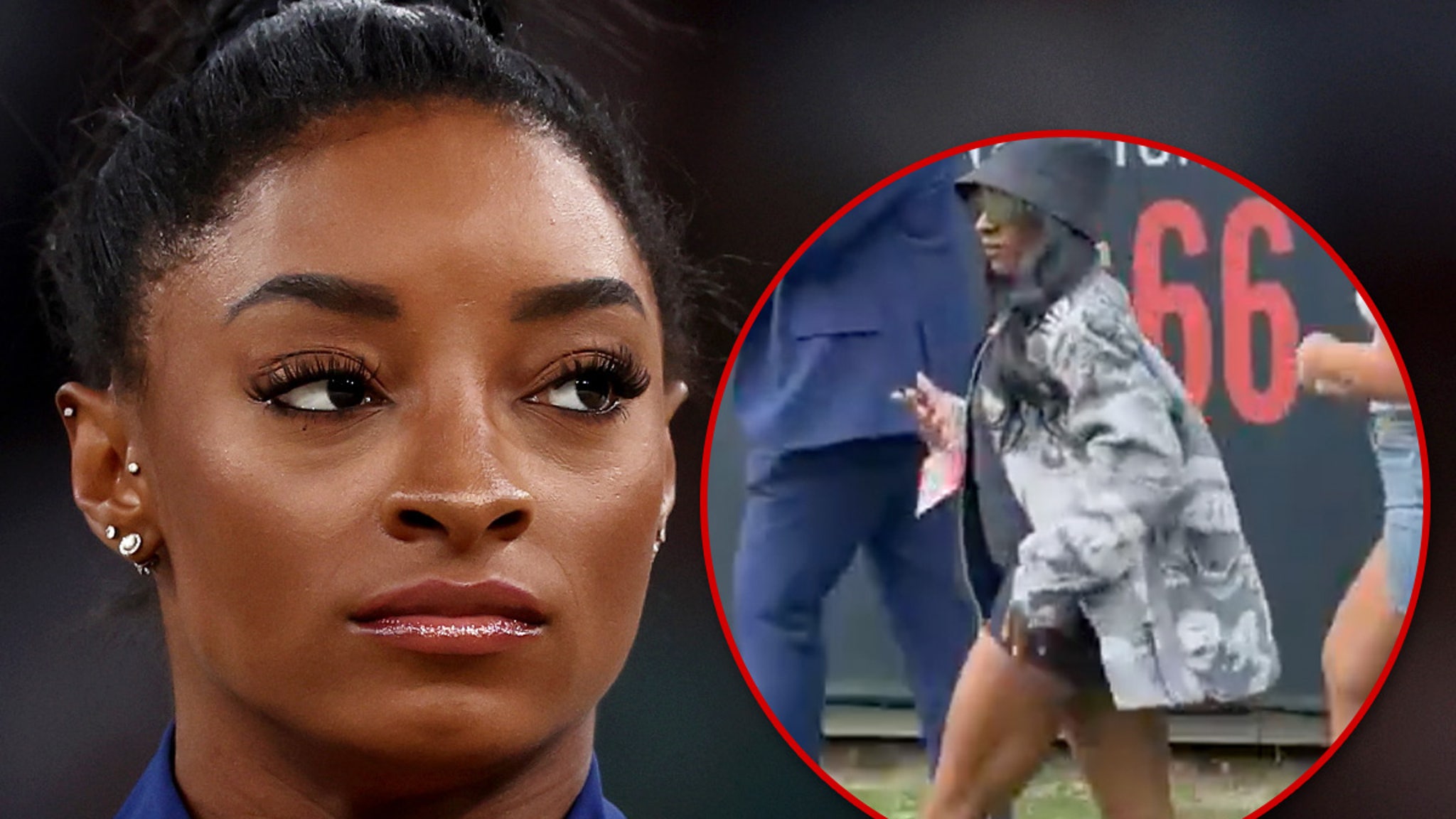Jason Goes To Hell was my entryway into the Friday the 13th franchise. A junior in high school, I’d recently fallen in love with Scream and overcome my childhood fear of slasher killers. My boyfriend suggested we watch one of his favorites: the 9th and purportedly “final” installment in the storied franchise. At the time I was in full agreement with Sidney Prescott (Neve Campbell) and had no interest in a formulaic film. “What’s the point,” I quoted, “they’re all the same.” But he assured me this one was special.
I begrudgingly pushed play and was hooked from the opening scene. While opinions vary wildly about Jason Goes to Hell, there’s no doubt director Adam Marcus is swinging for the fences. The plot is joyfully bananas and ends in a smorgasbord of murderous possession, decaying bodies, magic books, and minions from hell. But amidst the B-movie lunacy, lies a creative film that breaks the slasher mold and pokes fun at itself while taking the franchise in an unexpected direction.
Here’s why I still love the most underrated chapter in the Friday the 13th saga.
1. The Intro

At first glance, the movie begins like any other: a beautiful woman making bad decisions. She arrives at a Crystal Lake cabin and wastes no time stepping into the shower. When a pesky lightbulb burns out again, she investigates the darkened room and finds Jason Voorhees (Kane Hodder) preparing to strike. Wearing only a towel, she runs for her life through the moonlit woods. We’re certain this poor, clueless woman is about to suffer a horrendous death when massive flood lights illuminate the clearing. The woman, Elizabeth Marcus F.B.I. (Julie Michaels), dives behind a barricade while a veritable SWAT team opens fire. They riddle Jason with hundreds of bullets before dropping a bomb and blowing him to bits.
It’s a fantastic twist on a tired pattern. Feigning helplessness, Elizabeth uses her sexuality to lure Jason into a trap while maintaining control the entire time. Marcus intentionally created the most stereotypical opening imaginable, playing with the audience’s expectations before turning the genre on its head.
2. The Gore

Friday the 13th films have always pushed the envelope in special effects, beginning with Tom Savini’s impressive work in the original film. Jason Goes to Hell turns the gore up to eleven and revels in disgusting dismemberment, decay, and disintegration. As the opening credits roll, Marcus lingers on close shots of Jason’s mangled body while Coroner Phil (Richard Gant) stares at his jumbo-sized heart. Entranced by evil, the still beating organ somehow compels him to take a bite. He devours the heart as a sinister black fluid pours down his chin and his eyes begin to shine with murderous glee.
While this scene may cause audiences to put down their popcorn, a later sequence proves to be equally disgusting. Possessed by Jason’s restless spirit, a doomed cop’s body begins to rapidly melt into a gooey mess. Like a fresh pizza with too many toppings, the man’s jaw sinks to the floor, connected only by strings of liquifying flesh.
3. The Possession

Immediate reviews from the film’s detractors lamented the lack of traditional Jason. Again playing with audience expectations, Marcus obliterates his titular antagonist just minutes into the film. Though Jason does return moments later, it’s only in spirit. Bounty hunter Creighton Duke (Steven Williams) explains that the Crystal Lake killer is more than the body of an undead maniac and could be contained within any one of us. We watch Jason’s spirit jump from body to body, offering endless variations of the iconic monster.
Marcus also gets points for tying the film to another legendary horror franchise. The Necronomicon Ex-Mortis can be seen in the abandoned Voorhees house, implying that Jason is a Deadite of Evil Dead fame. And Jason can only be killed by a Kandarian dagger as seen in Sam Raimi’s classic series.
4. The Tropes

Though Jason Goes to Hell is far from a traditional slasher, Marcus does indulge in some standard tropes. While driving along a moonlit road, Steven (John D. LeMay) picks up a trio of hitchhikers headed to Crystal Lake. Well aware of the slasher lore, he asks if they’re planning on, “smoking a little dope, having a little premarital sex and getting slaughtered?” This harkens back to the original film in which debaucherous camp counselors were punished for making love while a young Jason drowned.
After eight installments of the horrific story, these teens already know the rules Randy Meeks (Jaime Kennedy) will outline just three years later. After a lifetime of fear, they finally feel safe skinny dipping in Crystal Lake now that the camp’s one-man morality police has been eliminated. Unfortunately, Phil/Jason is back on the beat. While a doomed young woman rides her boyfriend, Jason impales her with a metal rod then pulls it upward to split her in two. It’s a shocking moment of intimate gore and one of the most brutal deaths in the entire franchise–made worse by the fact that we never find out what happens to her traumatized boyfriend.
5. The Family

Admittedly, one of the most bizarre elements of this convoluted plot is the connection to Jason’s living relatives. Borrowing from the Halloween franchise, Jason suddenly has a secret sister, Diana (Erin Gray), who now tries to forget about her undead sibling. Unfortunately fate has other ideas. It seems Jason can only be killed (or rebirthed) by a blood relative, putting the frightened waitress in mortal danger. Now that he’s lost his original body, Jason needs Diana, her daughter Jessica (Kari Keegan), or infant granddaughter to provide a proxy for his resurrection.
The original Friday the 13th gave us one of American horror’s first great female villains positioning Jason as the manifestation of a grieving mother’s rage. Now a three-generation matriarchy stands as the sole line of defense against this unstoppable killer.
6. The Human Monster

Though Jason may have just been brutally killed, another villain steps into his place. Robert Campbell (Steven Culp) anchors American Casefile, an exploitative True Crime TV series. Hoping for salacious content, Robert begins dating Jessica solely because of her connection to Jason. When Diana is murdered by a decaying avatar, he steals her body in a despicable plan to “discover” it on air. Regaling his producer with his devious success, he claims, “I stole Diana’s body and I hid it here in the closet. And then I went home and f*cked her daughter.” It’s a pleasure to see his body brutally commandeered by Jason moments later.
Robert/Jason stalks Jessica and her baby through the town, suffering a series of cathartic deaths in his unsuccessful attempt to pass on the demon.
7. The Bounty Hunter

While planning his sensational coverage, Robert contacts a bounty hunter familiar with the case. Creighton Duke has spent his life chasing the Crystal Lake killer and is the only one who knows how to take the beast down. Though Duke’s intentions are virtuous, his methods defy classification. He will only give Steven crucial information while breaking his fingers one by one, and he kidnaps Jessica’s baby to lure her to the Voorhees house. With a perpetual gleam in his mischievous eyes, it’s impossible to know if Duke is friend or foe.
Despite his confounding motivations, Duke is an exciting loose canon in this wild story and delivers fascinating additions to the Friday the 13th canon.
8. The Humor

In addition to copious amounts of grisly gore, Jason Goes to Hell is bizarrely hilarious. With news of the monster’s demise, Joey B. (Rusty Schwimmer) offers a “Jason is Dead 2 for 1 Burger Sale” at her namesake diner. In the wake of Diana’s murder, she arms herself with a gun she barely knows how to use. While shape-shifting Jason is undoubtedly terrifying, he’s also shockingly petty. After escaping the morgue in Phil’s body, he walks towards the elevator but turns around when he hears disparaging remarks from two security guards cracking jokes about his gruesome demise. We then cut to footage showing their brutalized corpses implying that Jason has gone out of his way to punish them for their ill-timed snark.
9. The Tease

After seven sequels (one subtitled The Final Chapter) did anyone truly believe this would be Jason’s swan song? Dragged to hell by devilish minions, a stray dog scratches around the scene of Jason’s “death” and uncovers a discarded hockey mask. Moments later, a familiar glove with knives for fingers drags the abandoned mask into the crumbling earth, setting up a long-anticipated monster showdown. Audiences would have to wait another ten years to see Jason battle his iconic foe, but this coda remains one of the most exciting final teases in horror history.
After a decade dominated by increasingly predictable slashers, the early ’90s began to see deviations from the norm. In 1994, Wes Craven would release the proto-meta-slasher New Nightmare before reinventing the genre with the 1996 masterpiece Scream. But before these two iconic films redefined the genre, Jason Goes to Hell broke the slasher mold. Yes, it’s a schlocky gore-fest with a nonsensical plot, but this enjoyably ridiculous “so bad it’s good” film deconstructed a familiar concept and began pushing horror towards a new way to slash.


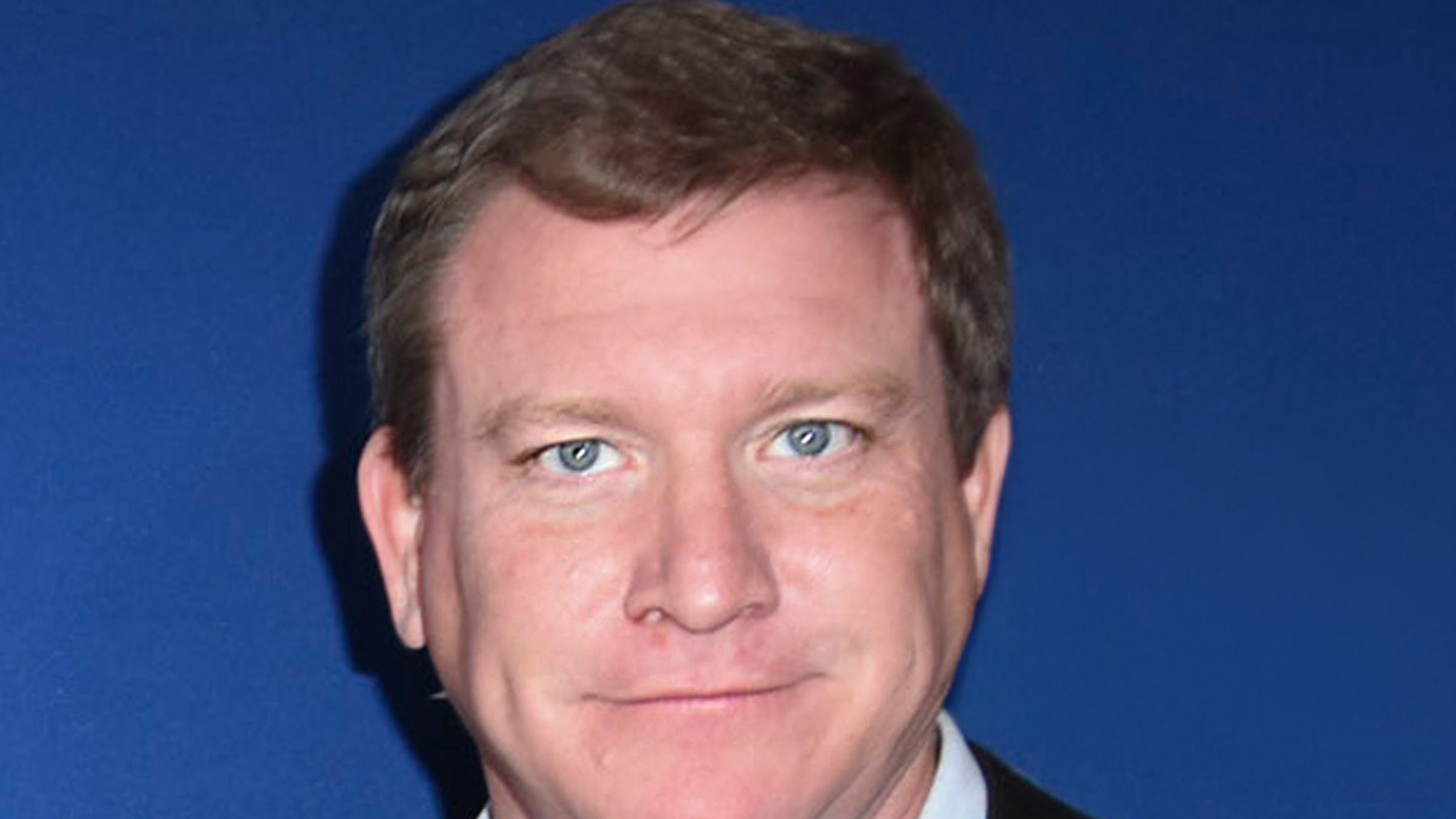


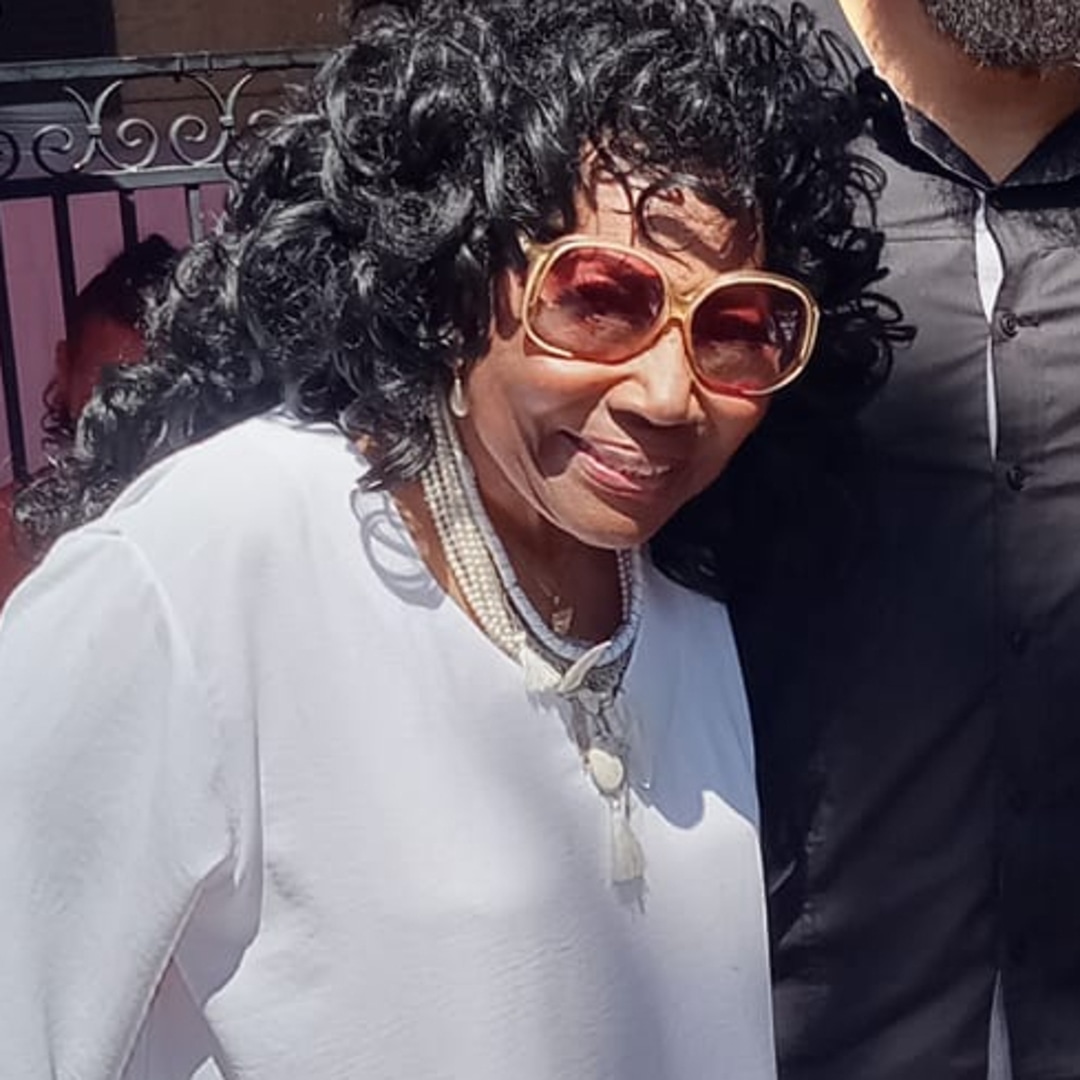


















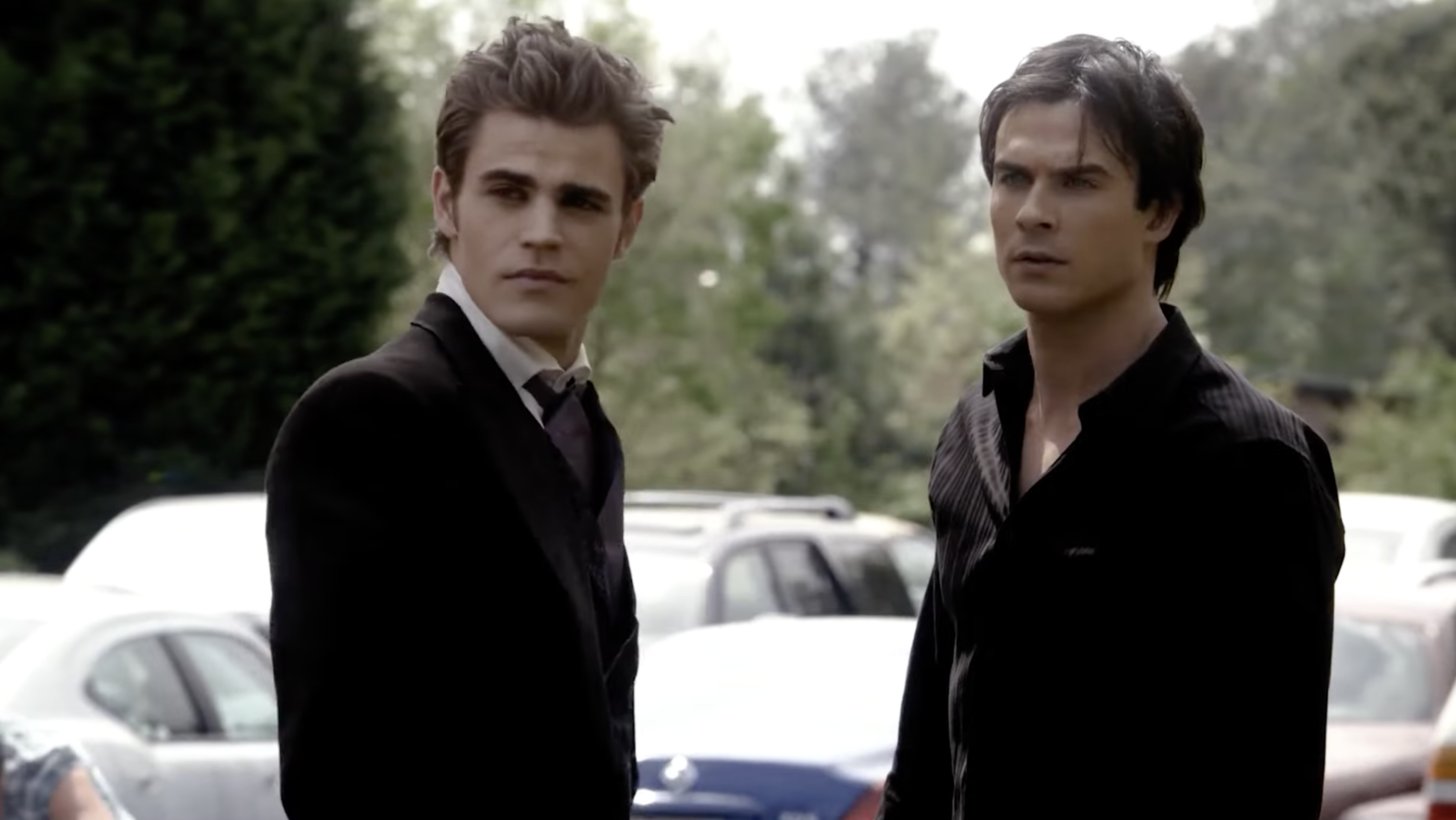

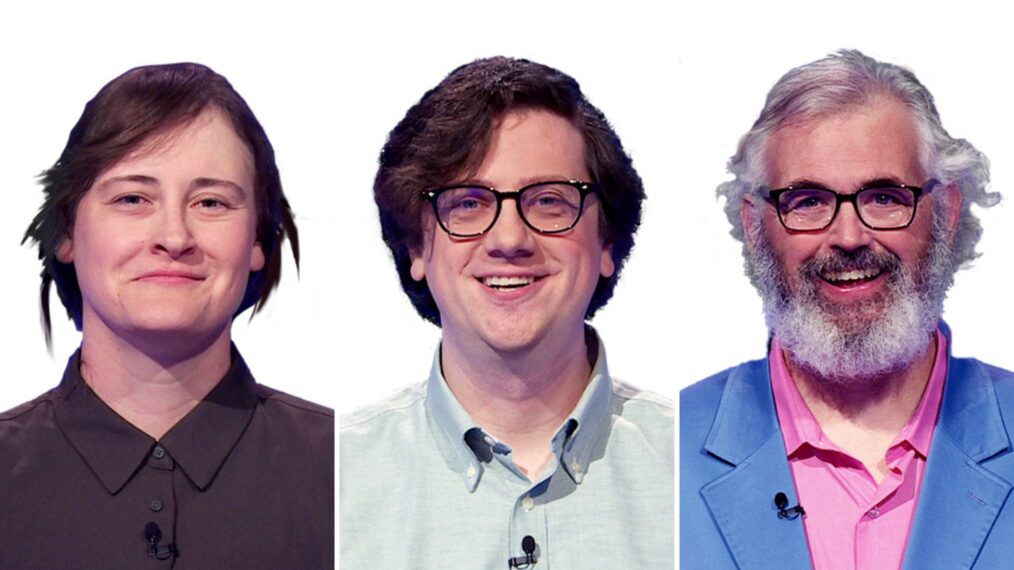













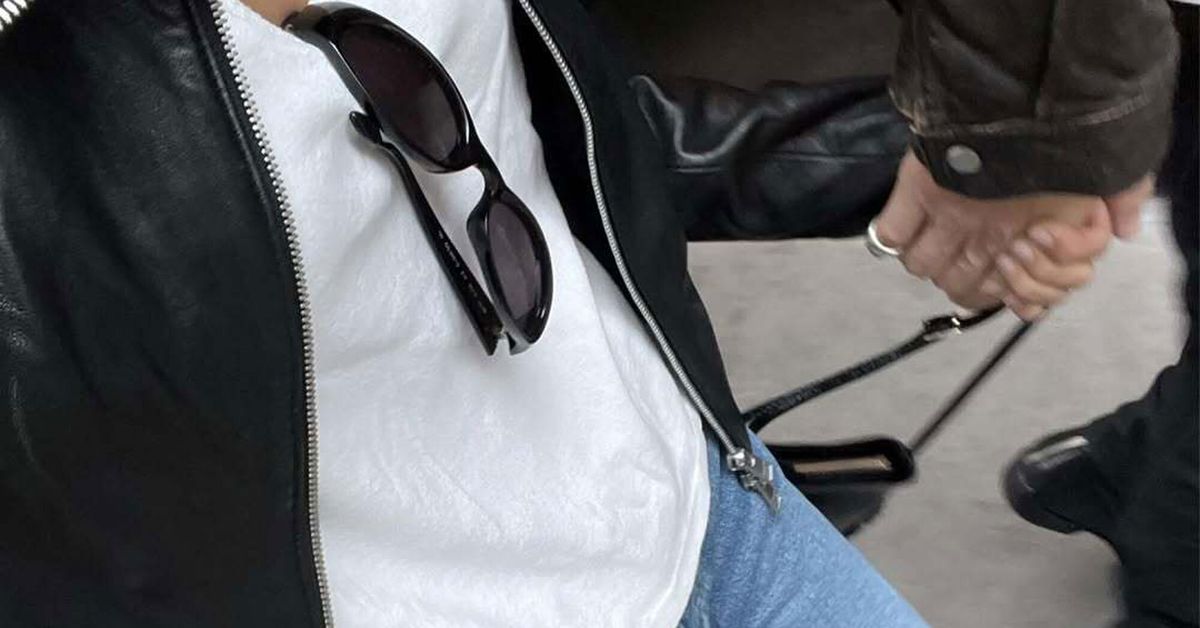

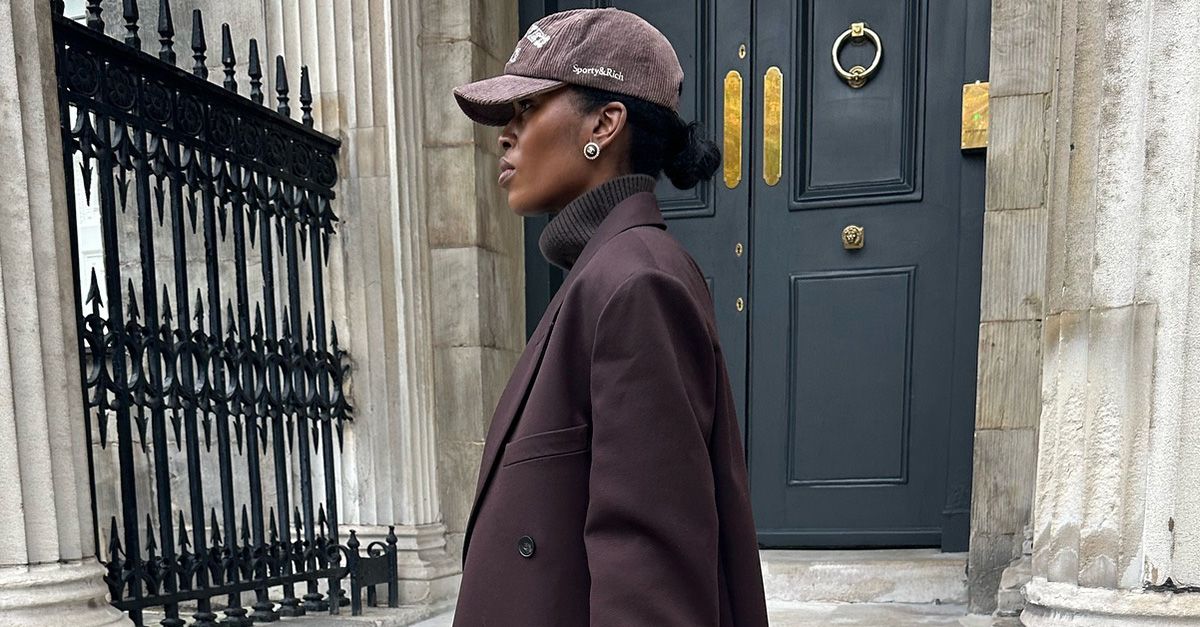
















![Iggy Azalea – Money Come [Official Music Video] Iggy Azalea – Money Come [Official Music Video]](https://i.ytimg.com/vi/7t5V5ygeqLY/maxresdefault.jpg)















